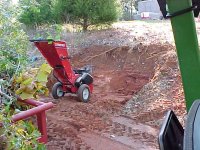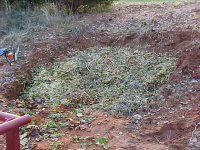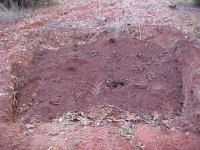JerryG
Super Member
The amount of chromated copper arsenate in your compost from treated wood bins is not going to amount to a hill of beans. The amount of exposure that is dangerous hasn't even been determined according to http://www.cpsc.gov/phth/cca.html. They are still evaluating it.
If it was to bad for use in composters all the universities wouldn't be recommending it. Here are only three links to sites from Purdue, University of Virginia and Mississippi State. They all say the same thing, that is why I didn't put any more here.
http://www.ext.vt.edu/pubs/poultry/442-037/442-037.html
http://www.agcom.purdue.edu/AgCom/Pubs/NCR/NCR-530.html
http://www.msstate.edu/dept/poultry/complan1.htm
If it was to bad for use in composters all the universities wouldn't be recommending it. Here are only three links to sites from Purdue, University of Virginia and Mississippi State. They all say the same thing, that is why I didn't put any more here.
http://www.ext.vt.edu/pubs/poultry/442-037/442-037.html
http://www.agcom.purdue.edu/AgCom/Pubs/NCR/NCR-530.html
http://www.msstate.edu/dept/poultry/complan1.htm


